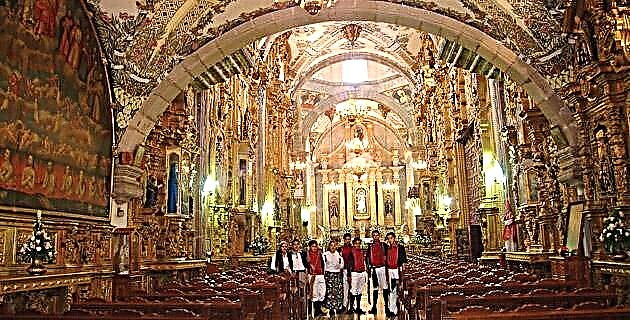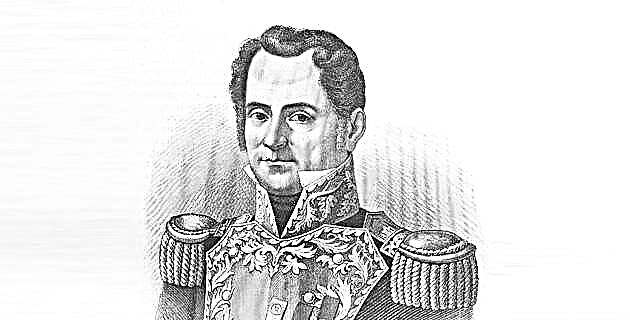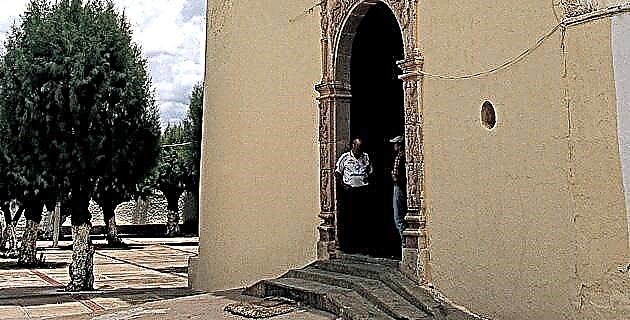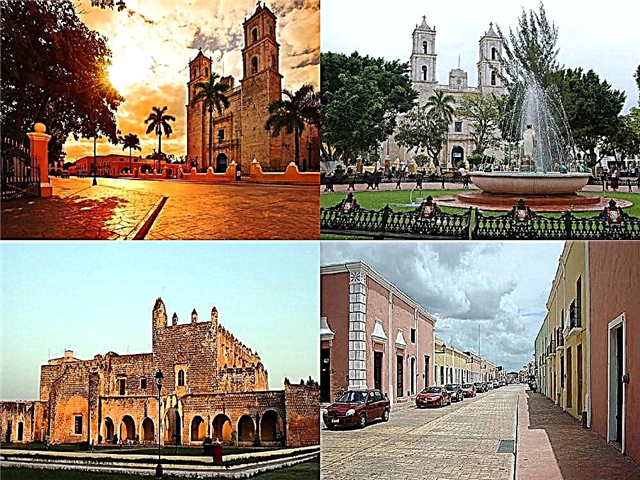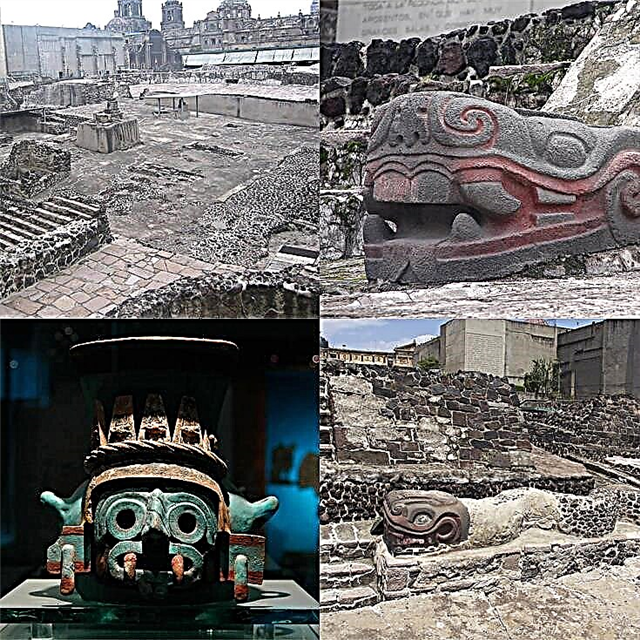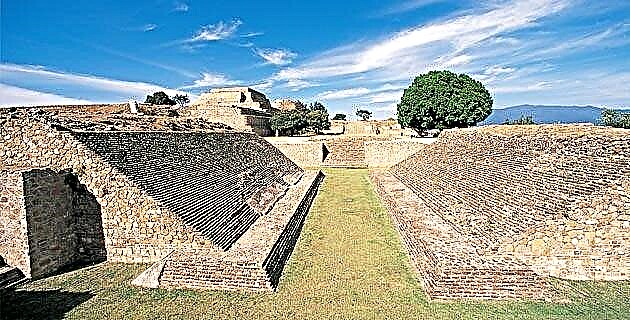
The pre-Hispanic and colonial cities of Monte Alban and Oaxaca are two authentic jewels of our historical and cultural heritage that you have to know.
MONTE ALBÁN
It is the best site in the Valley of Oaxaca that shows the unique evolution of a region inhabited by three successive cultures: Olmec, Zapotec and Mixtec. Its maximum development took place from 350 to 750 AD, with a population of 25,000 to 35,000 inhabitants, distributed over 6.5 km2, a stage from which most of its monuments that we admire today date, settled on a mountain 500 meters high. , from which you can see a wonderful view of the entire valley.
Upon reaching its imposing 300-meter-long esplanade, a unique variety of architectural forms are discovered in its monuments, among which the one known as Los Danzantes stands out, which shows numerous carved stone slabs on its base, where human figures can be appreciated. –Of clear Olmec influence– in dance attitude, hence its name. System IV presents the most important architectural innovation of the Zapotec culture: the temple-shrine courtyard, a solid and compact structure where these three functions were performed. In the structure known as the Palace, it has a wonderful interior patio to which several rooms that make it up overlook. The ball game attracts attention by the very steep slope of its walls, and the round stone that is on the floor of the court. At the center of the esplanade are located mound J, shaped like an arrowhead, which is believed to have served as an astronomical observatory, and three other buildings erected on a rocky ledge. The north and south platforms close the axis of the complex, around are famous tombs such as number 7 (explored in 1932), made up of a fabulous collection of 500 objects and beautiful offerings.
HISTORICAL CENTER OF OAXACA
When the Spanish arrived in Oaxaca, they built the Villa de Antequera on the site that the Aztecs founded a garrison around 1486 to control the valley, and which they called Huaxyacac. The city was established by decree of Carlos V, on September 14, 1526, however it was not drawn until 1529 by Alonso García Bravo, who was based on Mexico City, but adopted a quadrangular grid with blocks 80 meters wide. side. The historic center of Oaxaca still preserves the image of a colonial city, whose monumental heritage has remained almost intact, adding to it the quality and finesse of the buildings built throughout the 19th century; together they create a harmonious urban landscape. This architectural richness is expressed to the maximum in its cathedral, the temple and former convent of Santo Domingo, which has become an excellent regional museum; the temples of the Company of Jesus, San Agustín, San Felipe Neri and San Juan de Dios; the Benito Juárez market, where you can also enjoy the excellent gastronomy of the place; and the great Macedonio Alcalá Theater, among others.
The Monte Albán ceremonial center represents a unique artistic achievement in creating a grandiose architectural landscape (such as that of Machu Picchu in Peru, inscribed in 1983). For more than a millennium, Monte Albán exerted a considerable influence on the entire cultural area of Oaxaca, in addition, thanks to the permanence of its ball court, its magnificent temples, tombs and bas-reliefs with hieroglyphic inscriptions, it represents the only testimony of the Olmec, Zapotec and Mixtec civilizations, which successively occupied the region during the pre-classical and classical periods. And of course, Monte Albán is an outstanding example of a pre-Columbian ceremonial center in central Mexico today.
For its part, the historic center of Oaxaca is a perfect example of a 16th century colonial city. Its monumental heritage is one of the richest and most coherent sets of civil and religious architecture on the American continent.


